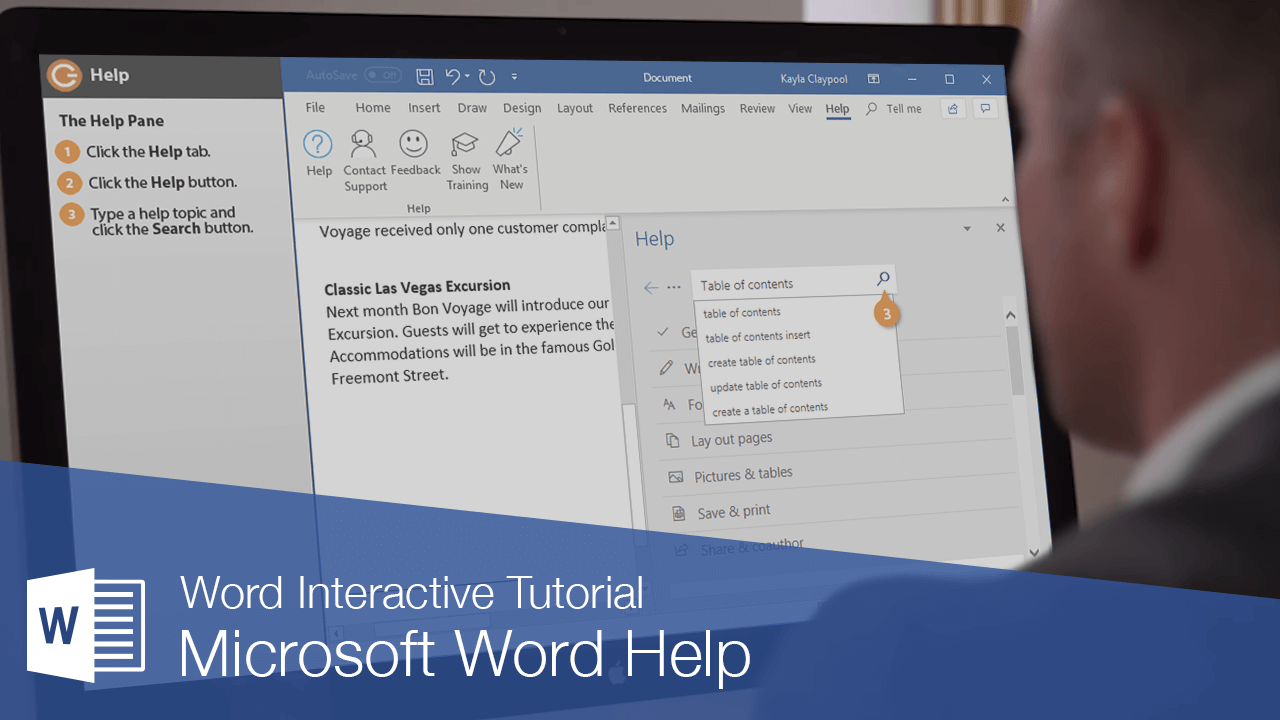

If you can still reproduce the problem, type the following path in the address bar of Windows Explorer, and then select **OK**.If the problem is not resolved, rename the add-in by using its original name, and then repeat steps 3 through 6 for each file in the Startup folder. If you must have the features that the add-in provides, contact the vendor of the add-in for an update. If you can no longer reproduce the problem, you have found the specific add-in that causes the problem.Make a note of the original file name so that you can restore the file, if it is necessary. After the file name, type **.old**, and then press Enter.Right-click one of the files in the folder, and then select **Rename**.%programfiles%\Microsoft\Office\Office11\Startup\ %programfiles%\Microsoft Office\Office12\Startup\ %programfiles%\Microsoft Office\Office14\Startup\ %programfiles% (x86)\Microsoft Office\office15\Startup\ %programfiles%\Microsoft Office\office15\Startup\ %programfiles% (x86)\Microsoft Office\root\office15\Startup\ %programfiles%\Microsoft Office\root\office15\Startup\ %programfiles% (x86)\Microsoft Office\office16\Startup\ %programfiles%\Microsoft Office\office16\Startup| %programfiles% (x86)\Microsoft Office\root\office16\Startup\ %programfiles%\Microsoft Office\root\office16\Startup\

Type the following command in the address bar, as appropriate for the version of Word that you're running and its installation type, and then press Enter.To do this, type **windows ex** in the **Search** box (in Windows 10, Windows 8.1, or Windows 8) or in the **Start Search** box on the **Start** menu (in earlier versions of Windows), and then press Enter. At the command prompt, type **exit**, and then press Enter.Word 2003 ren %userprofile%\AppData\Roaming\Microsoft\Templates\Normal.dot OldNormal.dot Word 2007 or later ren %userprofile%\AppData\Roaming\Microsoft\Templates\Normal.dotm OldNormal.dotm At the command prompt, type the following command, as appropriate for the version of Word that you are running, and then press Enter:.Type **cmd** in the **Search** box (in Windows 10, Windows 8.1, or Windows 8) or in the **Start Search** box on the **Start** menu (in earlier versions of Windows), and then press Enter.** Replace the Normal.dot or Normal.dotm global template file** Select **Options**, and then select **Export** on the **File** menu.HKEY_CURRENT_USER\Software\Microsoft\Office\11.0\Word\Options HKEY_CURRENT_USER\Software\Microsoft\Office\12.0\Word\Options HKEY_CURRENT_USER\Software\Microsoft\Office\14.0\Word\Options HKEY_CURRENT_USER\Software\Microsoft\Office\15.0\Word\Options HKEY_CURRENT_USER\Software\Microsoft\Office\16.0\Word\Options Locate the following registry subkey, as appropriate for the version of Word that you are running.** Delete the Word Options registry key** On the **Edit** menu, select **Delete**, and then select **Yes**.Name the file Wddata.reg, and then save the file to the desktop.Select **Data**, and then select **Export** on the **File** menu.HKEY_CURRENT_USER\Software\Microsoft\Office\11.0\Word\Data

HKEY_CURRENT_USER\Software\Microsoft\Office\12.0\Word\Data HKEY_CURRENT_USER\Software\Microsoft\Office\14.0\Word\Data HKEY_CURRENT_USER\Software\Microsoft\Office\15.0\Word\Data HKEY_CURRENT_USER\Software\Microsoft\Office\16.0\Word\Data


 0 kommentar(er)
0 kommentar(er)
